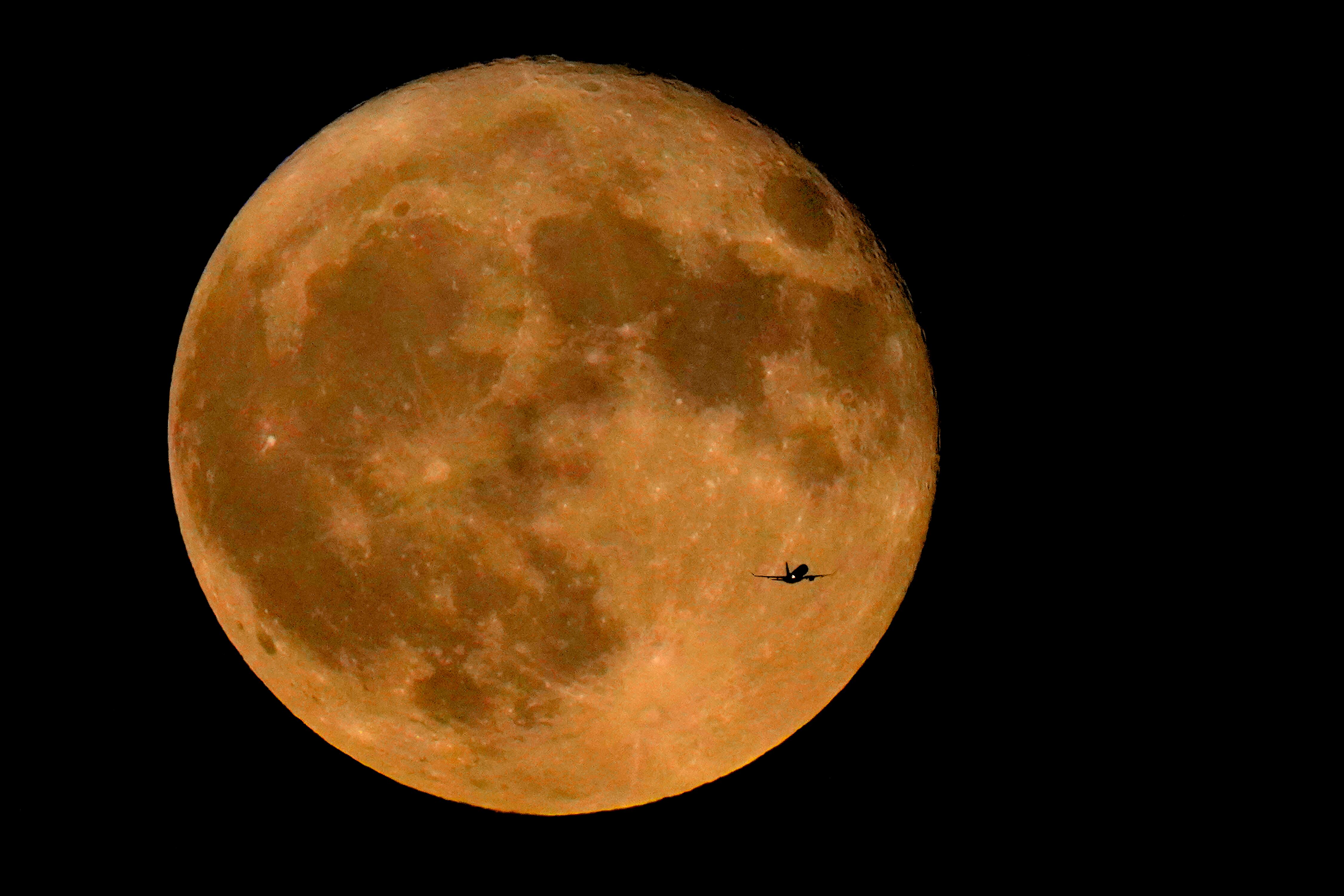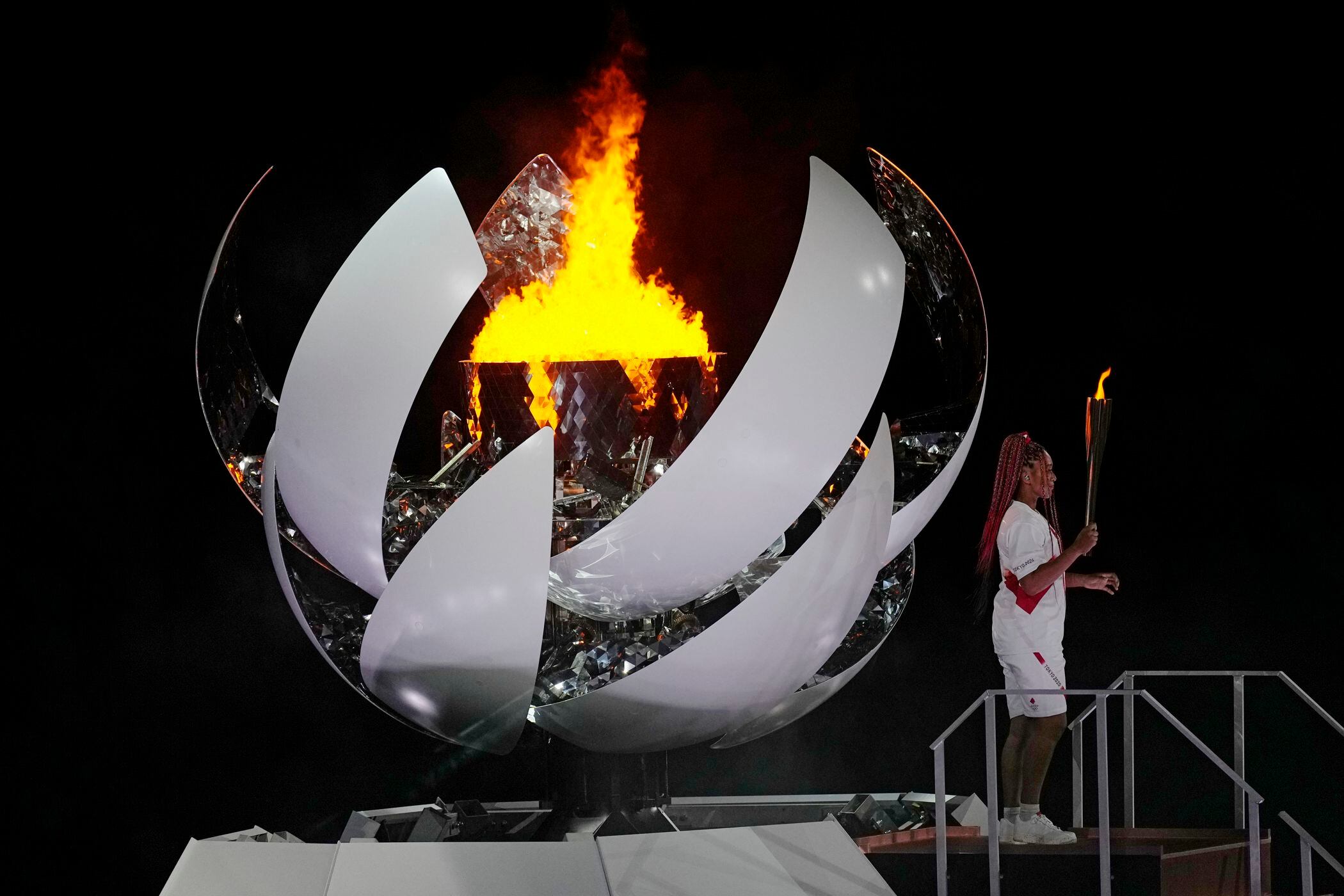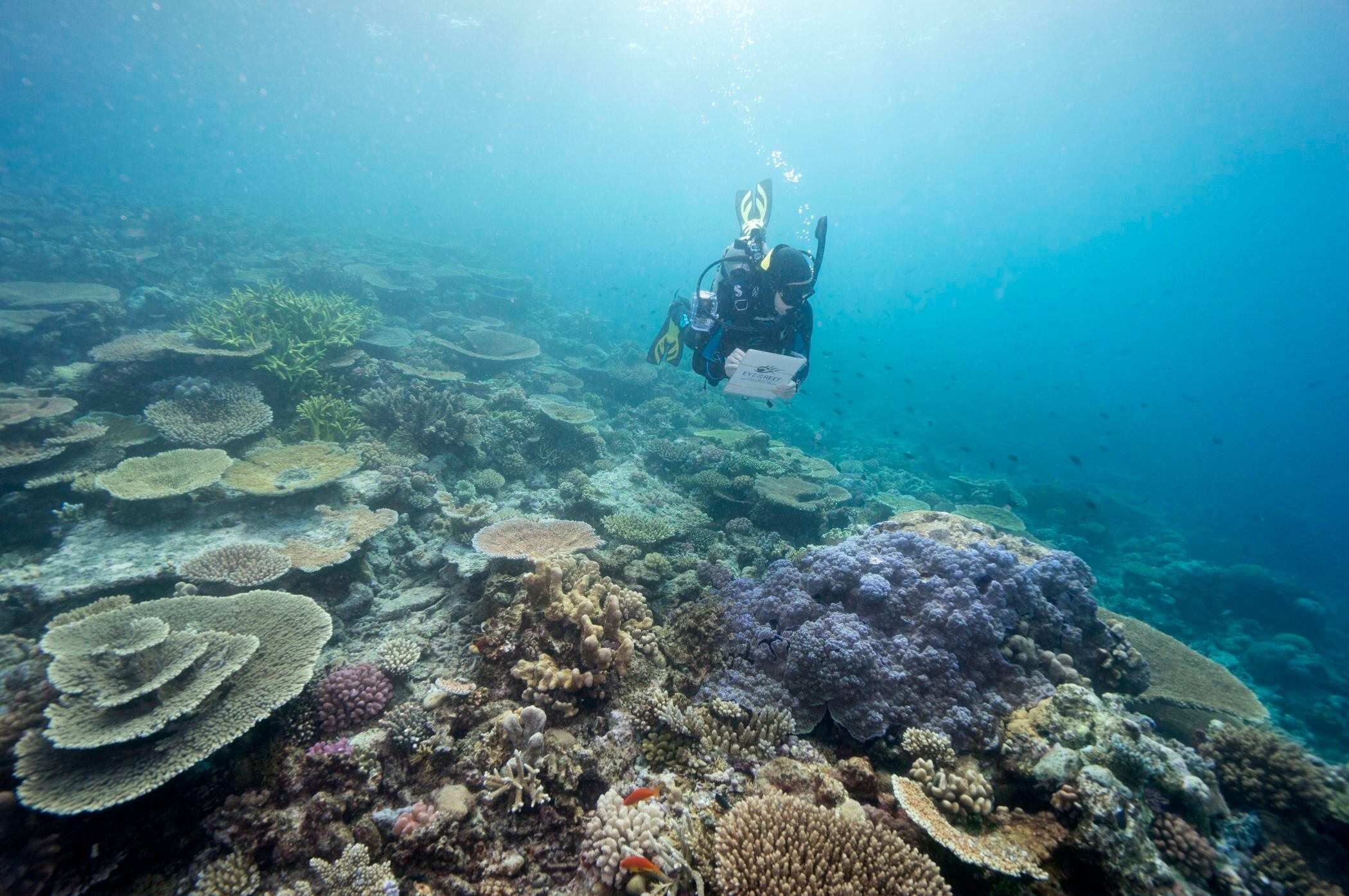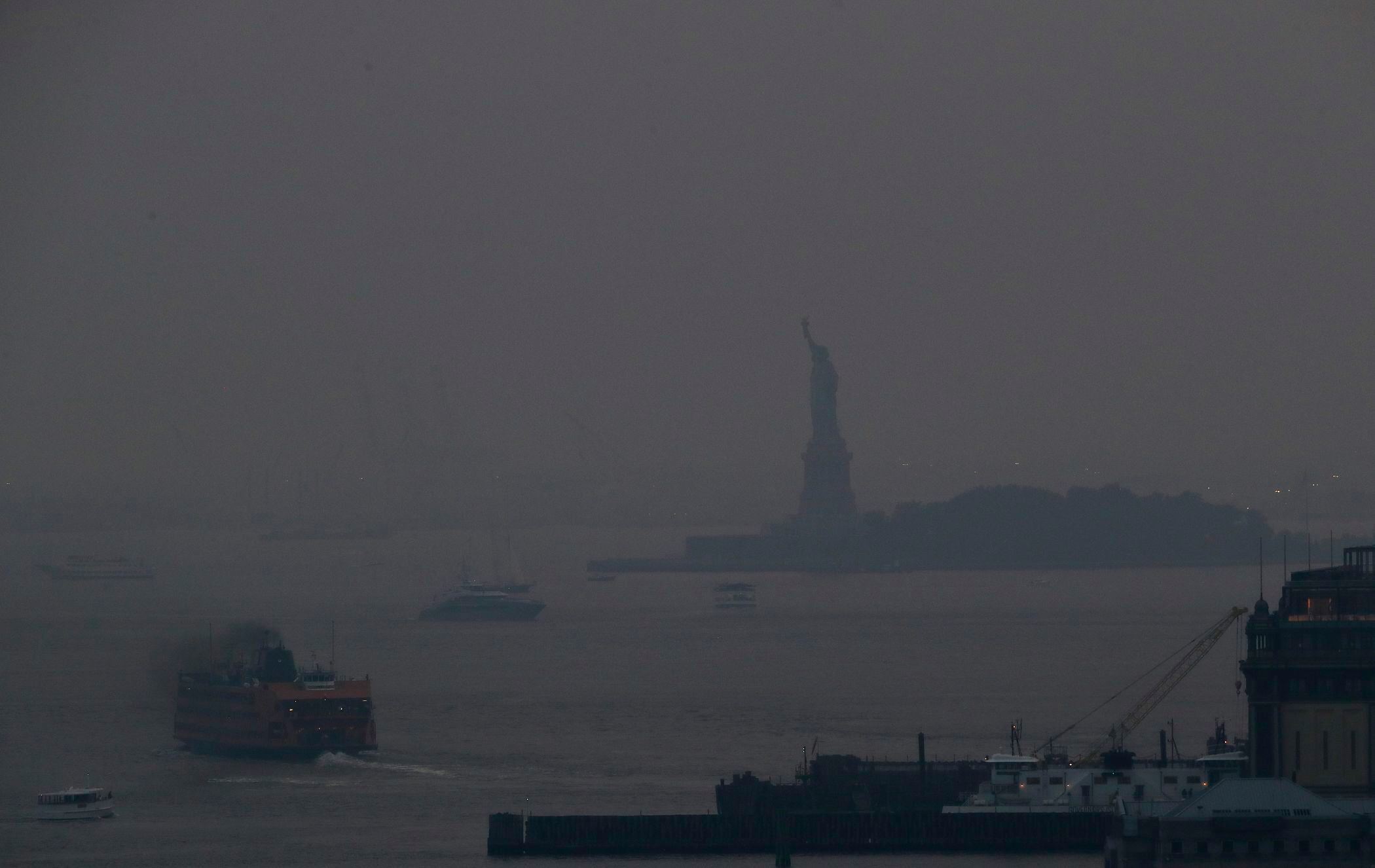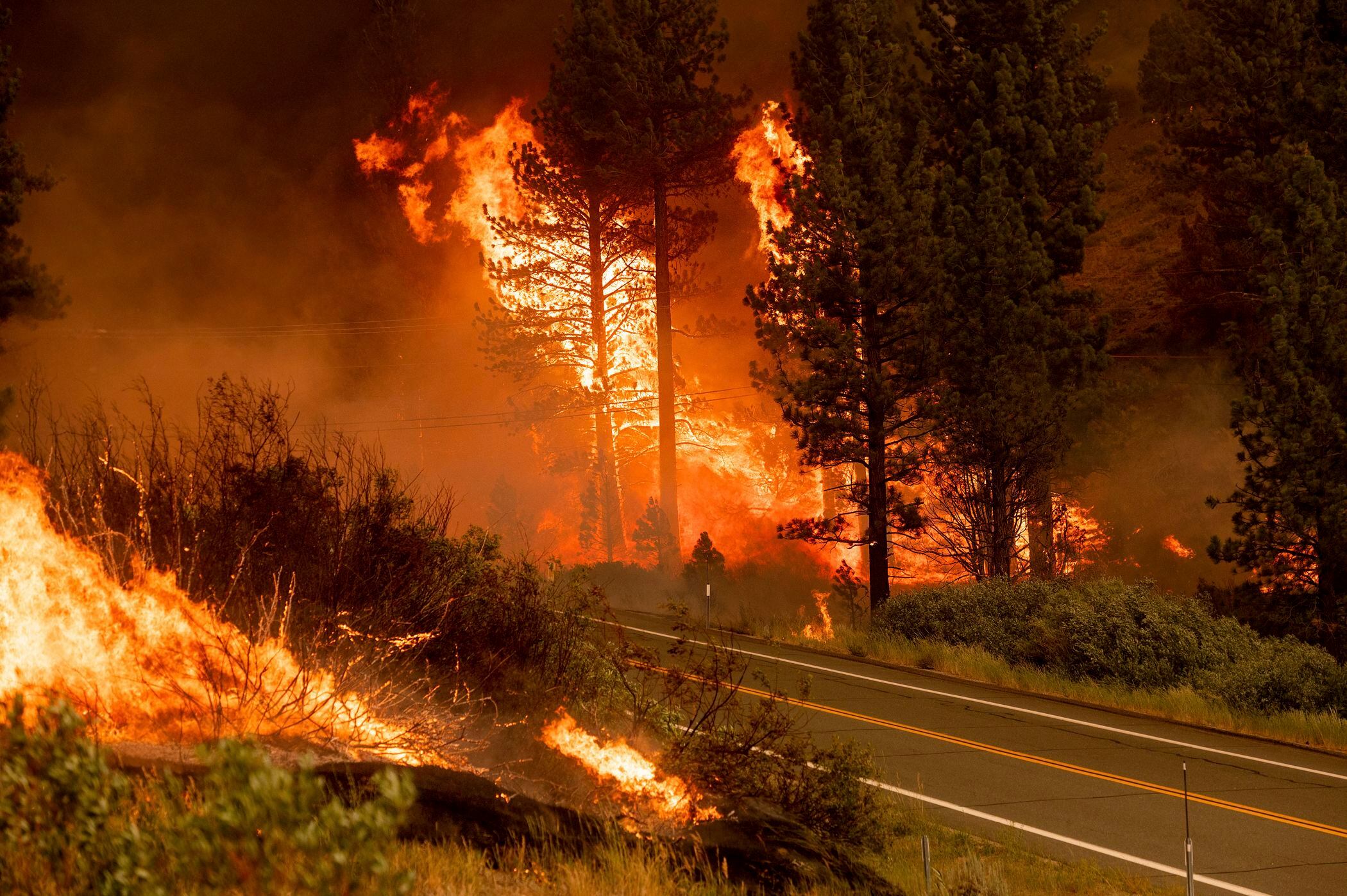The cosmos is offering up a double feature in August: a pair of supermoons culminating in a rare blue moon.
Catch the first show Tuesday evening as the full moon rises in the southeast, appearing slightly brighter and bigger than normal. That’s because it will be closer than usual, just 222,159 miles (357,530 kilometers) away, thus the supermoon label.
The moon will be even closer the night of Aug. 30 — a scant 222,043 miles (357,344 kilometers) distant. Because it’s the second full moon in the same month, it will be what's called a blue moon.
“Warm summer nights are the ideal time to watch the full moon rise in the eastern sky within minutes of sunset. And it happens twice in August,” said retired NASA astrophysicist Fred Espenak, dubbed Mr. Eclipse for his eclipse-chasing expertise.
The last time two full supermoons graced the sky in the same month was in 2018. It won’t happen again until 2037, according to Italian astronomer Gianluca Masi, founder of the Virtual Telescope Project.
Masi will provide a live webcast of Tuesday evening’s supermoon, as it rises over the Coliseum in Rome.
“My plans are to capture the beauty of this ... hopefully bringing the emotion of the show to our viewers,” Masi said in an email.
“The supermoon offers us a great opportunity to look up and discover the sky,” he added.
This year’s first supermoon was in July. The fourth and last will be in September. The two in August will be closer than either of those.
Provided clear skies, binoculars or backyard telescopes can enhance the experience, Espenak said, revealing such features as lunar maria — the dark plains formed by ancient volcanic lava flows — and rays emanating from lunar craters.
According to the Old Farmer’s Almanac, the August full moon is traditionally known as the sturgeon moon. That’s because of the abundance of that fish in the Great Lakes in August, hundreds of years ago.
Team USA's Uneven Start, Optimism Plummets & 'Old' Stuns Box Office
The flame at Tokyo’s National Stadium and another cauldron burning along the waterfront near Tokyo Bay throughout the games will be sustained in part by hydrogen, the first time the clean fuel source will be used to power an Olympic fire.
Australia has garnered enough international support to defer for two years an attempt by the United Nations’ cultural organization to downgrade the Great Barrier Reef’s World Heritage status because of damage caused by climate change.
Amazon founder Jeff Bezos, along with three civilians, launched into space aboard a rocket and capsule developed by his private spaceflight company, Blue Origin. The highly-anticipated, historic flight lasted for about 11 minutes. This comes after Sir Richard Branson flight with Virgin Galatic nine days ago. Senior national correspondent from POLITICO Bryan Bender joined Cheddar News to discuss what the launch means for the future of space tourism.
The Canada goose isn't native to Long Island, New York but now flocks of them are permanent residents. While most are migratory, some have made their homes in the area especially as more wild areas turn into green spaces for parks, housing developments, and businesses. Long Island Geese Control has found a solution to get rid of the birds without using chemicals or harming them: They send in specially trained border collies to chase them away. President and CEO Bill Alemaghides joined Cheddar News to tell us more.
Smoke and ash from massive wildfires in the American West shrouded the sky and led to air quality alerts on parts of the East Coast.
U.S. life expectancy fell by a year and a half in 2020, the largest one-year decline since World War II. The decrease for both Black Americans and Hispanic Americans was even worse: three years.
Health officials say the delta variant of the coronavirus continues to surge and accounts for an estimated 83% of U.S. COVID-19 cases.
Canada will begin letting fully vaccinated U.S. citizens into Canada on Aug. 9, and those from the rest of the world on Sept. 7.
Pacific Gas & Electric says its equipment may have been involved in the start of the big Dixie Fire burning in the Sierra Nevada.
